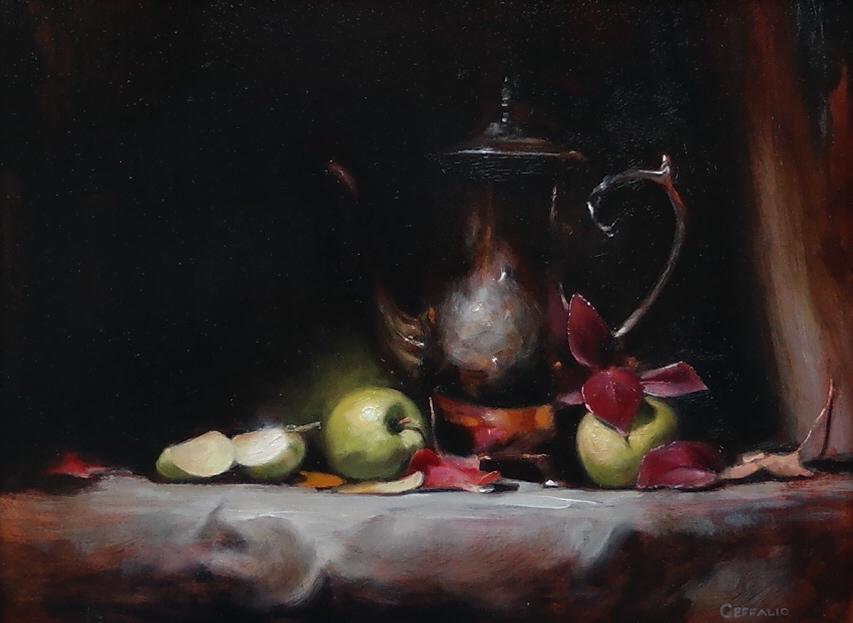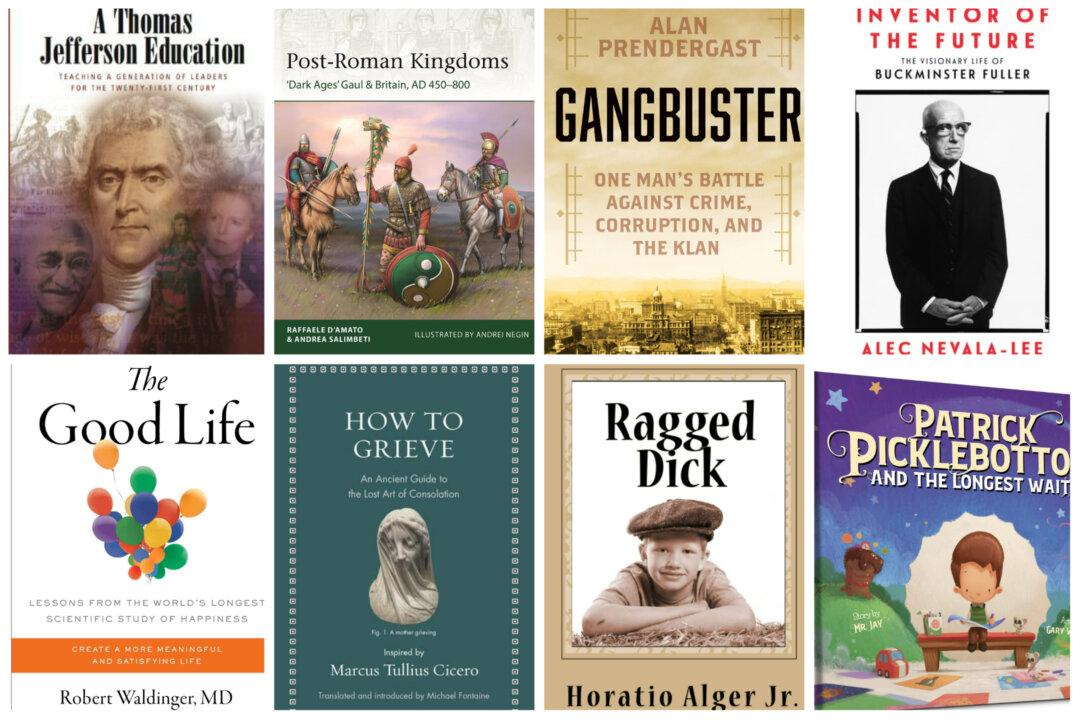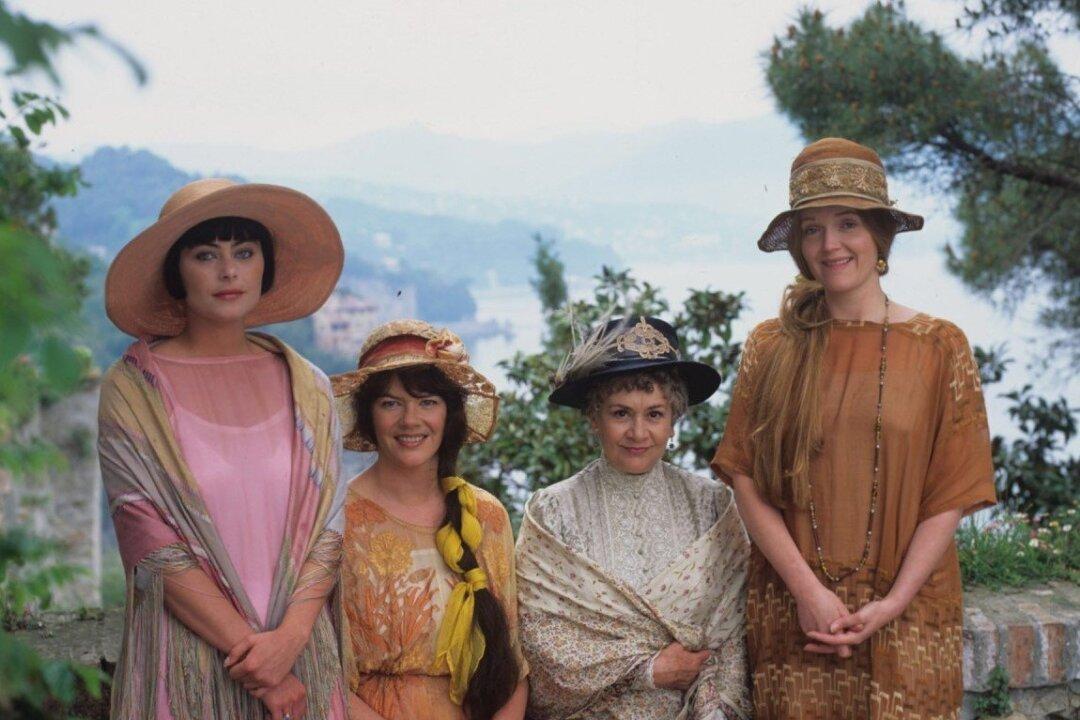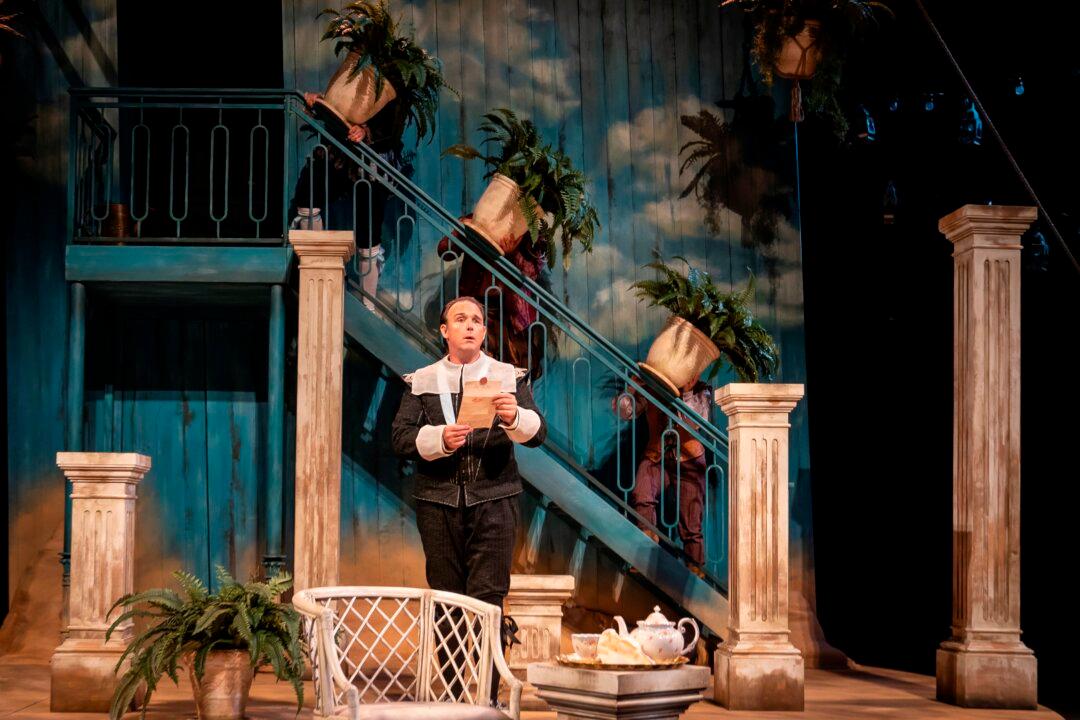For fine arts painter George Ceffalio, the importance of classical realistic art is self-evident.
“You see [realistic art] and can grasp it, unlike art that you need to study in order to understand, or art that you force yourself to like. It’s the most logical form of fine art,” he said on Aug. 18.





